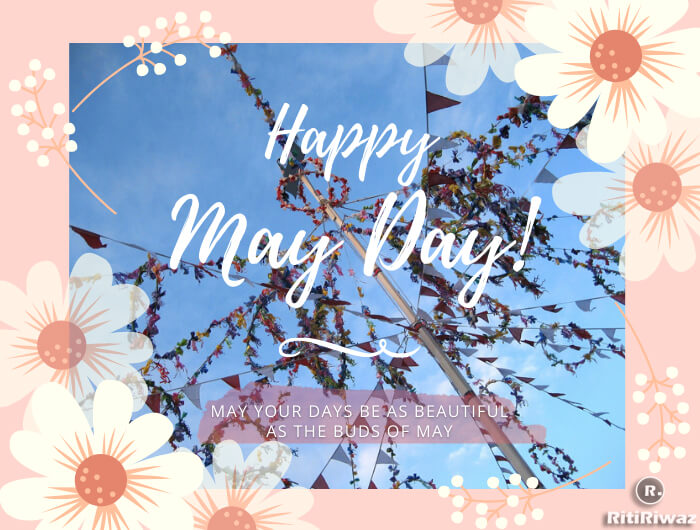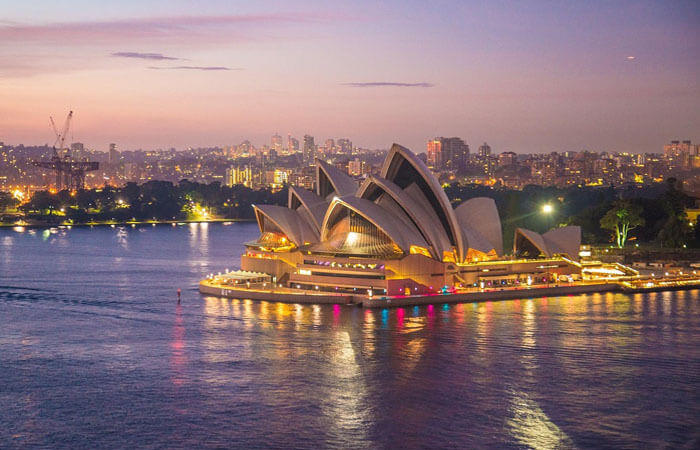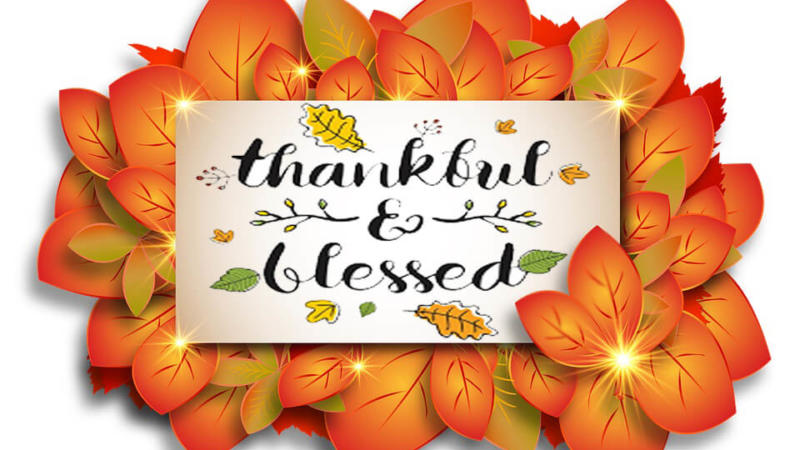May Day Festival 2025

May Day Festival falls on the 1st of May, is a traditional spring festival, often celebrated by dancing around a maypole, crowning a May queen, etc. which in many countries is celebrated as a public holiday, especially as one in honor of working people. It is also celebrated as a more recent international labor holiday, observed in many countries by parades, demonstrations.
In countries like the United Kingdom, Sweden, Norway, and Romania, it is observed with dancing, singing, and festivities while in the U.S, May Day is associated with the Chicago’s Haymarket Square protest.
History of May Day
May Day has its origins in ancient, pagan festivals, as early as 500 B.C., making it one of the world’s oldest known holidays. Its origin as a day for celebration dates back to the days, even before the birth of Christ. The ancient Celts even regarded May Day as the single most important day of the whole year. And like many ancient festivals, it too has a Pagan connection. Many celebrations and festivities have been observed worldwide, with many designed to welcome the changing of the seasons and to celebrate spring. Roman Catholics in the 18th century observed the coming of May with rituals and devotions to the Blessed Virgin Mary.
These festivals were mostly agricultural in nature but celebrated the return of life, light, and fertility after winter. By the time of the Roman Empire, these festivals had morphed into celebrations of debauchery, filled with dancing, drunkenness, and even orgies. One holdover from that tradition? Dancing around a Maypole – the “pole” is a sign of, male virility. In Italy, May Day is considered the happiest day of the year. This is fitting this day was chosen to honor the return of sunshine and spring flowers. In addition to dancing around a May Pole, May Day baskets, a formerly popular New England tradition, appear to be making a comeback in the United States.
By the Middle Ages, it became especially popular in England, where people rose early in the morning to “bring in the May.” They gathered flowers and tree branches to decorate their homes and later went to the town square where the Maypole — often over 100 feet tall — was raised. As a woman representing the May Queen presided over the ceremony, dancers held the streamers that fell from the top of the pole and circled it, weaving the streamers into tight patterns. These agricultural festivals were intended to ensure the fertility of the crops.
May Day Traditions
May Day baskets were commonplace in the early 20th century when young children would hang a basket of freshly picked spring flowers and small gifts, like candy or a card, on the doorknobs of neighbors and loved ones. These baskets were tokens of gratitude for friendship and a cheery way to welcome spring. Children would hang a May basket on the door, ring the doorbell and run away so recipients would find a surprise on their doorstep. These flower baskets were also used as romantic gestures, as May Day was a lovingly quaint and sentimental day.
Nowadays, May Day is a popular day for parades, dancing, and festivals that are geared toward young kids. Many children revel in May Day celebrations by dancing around a May Pole and having wholesome fun outdoors like planting seeds and watering gardens.
Festivals in other parts of the world use the day to celebrate a return of life and fertility. Some worshiped the goddess of flowers, Flora, over the years. The day was originally called Beltane which means Day of Fire and was often celebrated with bonfires. Dancing around the maypole is a big tradition. More recently, the tradition of the May Day basket came to be. Baskets were filled with flowers and treats and left on the doorsteps of friends, families, and neighbors to enjoy.
Today, May Day is an officially recognized holiday in 66 countries and unofficially celebrated in many more each with a unique twist and purpose. In more recent history, May Day has become the equivalent of Labor Day internationally, a celebration of workers and labor rights. May Day, or International Workers’ Day, as it is known, is often a turbulent day around the world, marked by strikes, protests, and labor marches.
Suggested Read: May Day – The Real Labor Day






